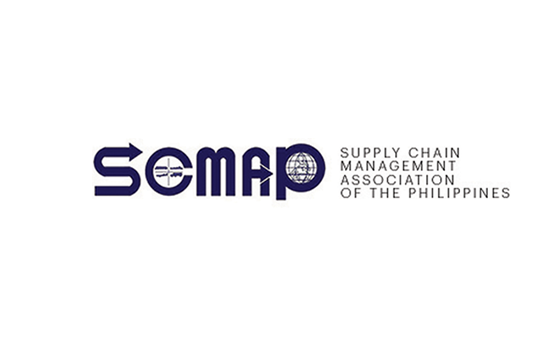Speaking at this year’s Asian Logistics, Maritime and Aviation Conference (ALMAC) broadcast online from Hong Kong last week, the World Trade Organization’s deputy director general Dr. Yonov Frederick Agah expressed optimism for the state of global trade in the coming months.
While the impact of COVID-19 is still being felt, especially in countries that are returning to various forms of lockdown due to a second wave of cases, he noted the number of policy responses across the world aiming to facilitate trade, as well as the air and sea cargo sectors’ attempts to return to normal.
He said that, while data suggests trade volumes in 2021 will still be lower than initially forecast, trade will be better than what we’ve actually seen this year, subject to the possibility of another wave of coronavirus infections.
Supply chain players are now taking those initial steps to respond to consumer confidence generally creeping back globally. The number of ship calls is going back up. Airlines are starting to pivot to cargo to compensate for the continued uncertainty in passenger traffic. Deliveries on land have, of course, kept apace, and even picked up as more shopping moves online, perhaps permanently.
All that talk in past conferences of how e-commerce is set to change the way we do supply chain is turning into action, and at a faster pace than anyone initially anticipated.
And now, with at least two COVID-19 vaccines showing promising signs and close to being rolled out, the focus shifts towards whether these same supply chain players—both government, as I outlined in my last column, and the private sector—can handle the gargantuan task of distributing these drugs safely and promptly.
Already the question is whether countries have the capacity to transport and store these vaccines. Speaking during last week’s ALMAC, DHL Global Forwarding’s Dr. Kelvin Leung said Hong Kong still has room to expand its cold chain capacity. We have previously discussed how the Philippines has insufficient cold storage facilities to fulfill this potential demand, more so now that we know at least one of the vaccines in the pipeline—the one developed by Pfizer and BioNTech—requires storage temperatures of below 70 degrees Celsius.
Elsewhere, digitization in the supply chain has accelerated, as more businesses realize that it is the only way for them to survive the shocks caused by COVID-19. Consumers moving to various forms of e-commerce—which, if we’re to go by the Department of Trade and Industry’s definition, covers everything from online shopping to bill payments to streaming services—has eased businesses’ transition; if the demand is to do most things online, there should be a faster return on investment. It’s easy to see how this will become part of the so-called “new normal,” especially with people still wary of being in public, those fears possibly being hard-wired into a habit.
Eight months into this pandemic, we all have a better sense of where supply chain is headed, and more importantly, how to get there. That means new challenges—or, at least, old challenges taking on a new mask—to surpass.
Internet infrastructure is one, obviously. Our Internet speeds still lag behind our neighbors, but more importantly, our networks are vulnerable to natural disasters, as we have seen in the past few weeks. Apart from possibly disenfranchising a significant percentage of our customers, this can disrupt the trade facilitation systems and processes that we have begun moving online as well. This will lead to delays in deliveries and unsatisfied customers.
Unfortunately, investment in the necessary support for technology is not something we can accelerate. For one, we’ve been talking about the third telco that’s been keeping Globe and Smart/PLDT on their toes for years, and progress has taken longer than promised. We risk falling behind just as the terms of the game are shifting—and just as we take a collective step towards closer global cooperation, with the Philippines signing into the Regional Comprehensive Economic Partnership, considered the world’s largest free trade deal.
As we gain access to wider global markets, potentially benefiting our businesses and enterprises, us lagging behind in infrastructure—and, as a result, confidence among stakeholders in embracing and adopting these technologies—may result in us losing ground.
I know that sounds more pessimistic than it should be. Of course, there are efforts to address these gaps, and these have been accelerated in recent months. One can hope we don’t lose our eye on the prize—and we remember to include everyone—as we attempt to surpass these new barriers in pursuit of our goals.
SCMAP Live: Our online event series returns this Thursday with a look at the readiness of our trade networks as we expect an uptick in import and export activity in 2021—as well as, potentially, a vaccine against COVID-19. Among our speakers are PMTLAI’s Marilyn Alberto and Academy of Developmental Logistics’ Samuel Bautista. Register for free at scmap.org.
Henrik Batallones is the marketing and communications director of SCMAP, and editor-in-chief of its official publication, Supply Chain Philippines. More information about SCMAP is available at scmap.org.





